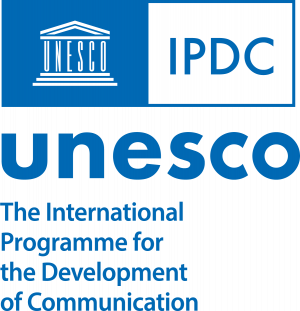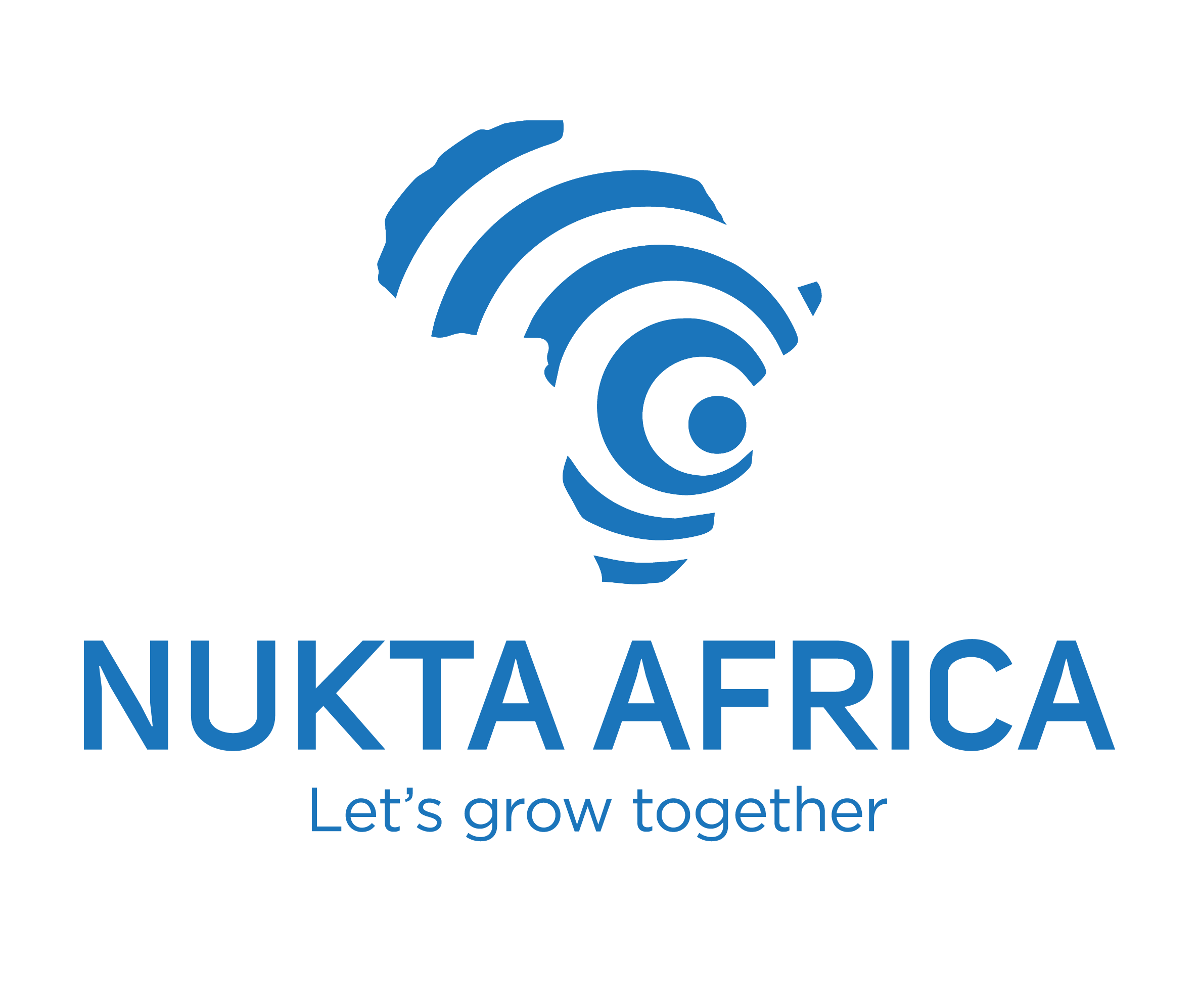In February 2023, Meta (the parent company of Facebook and Instagram) and Twitter announced that they would begin charging users to verify their accounts. This means that journalists and other news organizations will now have to pay a monthly fee in order to have a verified account on these platforms.
There are a few potential implications of this change for news.
Verified accounts are often given priority in search results and recommendations, so having a verified account can help journalists to get their content seen by more people. If journalists have to pay for verification, this could make it more difficult for them to reach their audience, especially if they are on a tight budget.
Larger news organizations are more likely to be able to afford to pay for verification, which could give them an advantage over smaller news organizations. This could make it more difficult for smaller news organizations to compete with larger news organizations.
It could lead to more fake news. If verification is no longer seen as a reliable indicator of authenticity, it could become easier for people to create fake news accounts. This could lead to an increase in the amount of misinformation circulating on social media.
If journalists and news organizations are not willing to pay for verification, they may choose not to get verified at all. This could lead to a decline in the number of verified accounts on social media, which could make it more difficult for people to distinguish between real and fake news accounts.
It could lead to more scrutiny of verification processes. If journalists and news organizations are paying for verification, they may be more likely to question the verification process and to demand greater transparency. This could lead to calls for changes to the verification process, such as making it more objective and less subjective.
The move to paid verification is a reminder that social media platforms are commercial businesses, and that they are not always aligned with the interests of journalists and news organizations. This could lead to a debate about the role of social media in news, and about how to ensure that social media platforms are used in a way that is beneficial to journalism.
What can journalists and news organizations do?
There are a few things that journalists and news organizations can do for the impact of paid verification on social media:
- Consider whether or not to pay for verification. Journalists and news organizations need to weigh the pros and cons of paying for verification and decide what is best for their individual circumstances.
- Scrutinize verification processes. Journalists and news organizations should be aware of the verification processes used by social media platforms and should question them if they seem unfair or biased.
- Journalists and news organizations should not rely solely on verification by social media platforms. They should also use other methods to verify the authenticity of accounts, such as checking for bylines and social media handles.
- Journalists and news organizations should educate the public about the importance of verification and how to spot fake news accounts.
The move to paid verification is a significant change for social media and for news. It is important for journalists and news organizations to be aware of the potential implications of this change and to take steps to mitigate any negative impacts.




